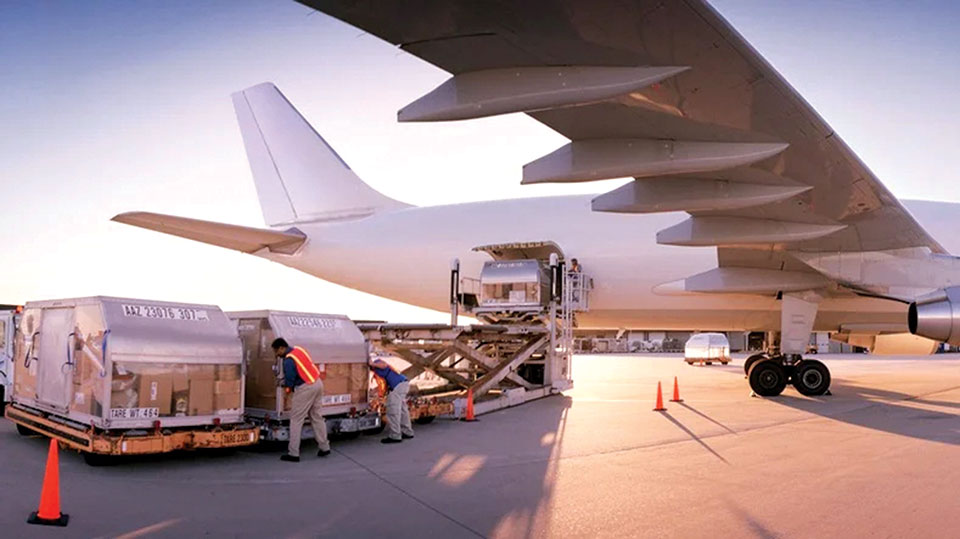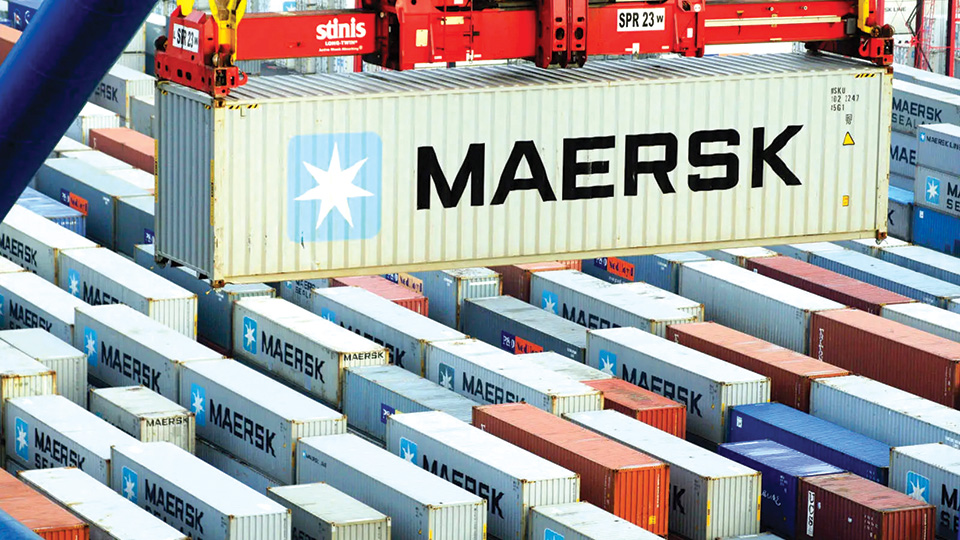
Dhaka : The interim government is set to sign an agreement next week with APM Terminals BV, a Netherlands-based subsidiary of Danish shipping giant Maersk, to design, finance, build, and operate the Laldia Container Terminal at Chattogram Port under a 30-year public-private partnership (PPP) arrangement.
PPP Authority Chief Executive Officer Chowdhury Ashik Mahmud Bin Harun announced the development on November 12, stating that APM Terminals will pay BDT 250 crore as signing money and invest about USD 550 million (BDT 6,700 crore) over three years. Construction is expected to begin in December and be completed by 2029.
Under the deal, the Chittagong Port Authority (CPA) will retain ownership of the terminal, while APM Terminals will serve as the exclusive operator. After 30 years, the facility will be handed back to the government, with the possibility of extending the contract. "This is a pure foreign direct investment that will modernize Bangladesh's logistics sector," said Ashik, who also heads the Bangladesh Investment Development Authority (BIDA).
The new terminal will enable larger vessels-twice the size of those currently handled at the New Mooring Terminal-to dock, improving efficiency and reducing congestion. APM Terminals will pay CPA USD 21 per TEU (twenty-foot equivalent unit), with the rate increasing slightly for volumes exceeding 900,000 TEUs annually.
CPA Chairman Rear Admiral SM Moniruzzaman said the terminal will boost port efficiency, support green port initiatives, and enhance Bangladesh's competitiveness as a regional trade hub.
According to the PPP Authority, the Laldia project will expand Chattogram Port's annual handling capacity by over 800,000 TEUs, a 44 percent increase. It is expected to create 500-700 direct jobs and thousands of indirect ones in logistics, transport, and warehousing.
APM Terminals, which manages over 60 terminals in 33 countries, will introduce global operating standards, advanced digital systems, and environment-friendly technology. The port will feature 24/7 operations with night navigation, lowering shipping delays and logistics costs for exporters-particularly in time-sensitive sectors like garments and light engineering.











